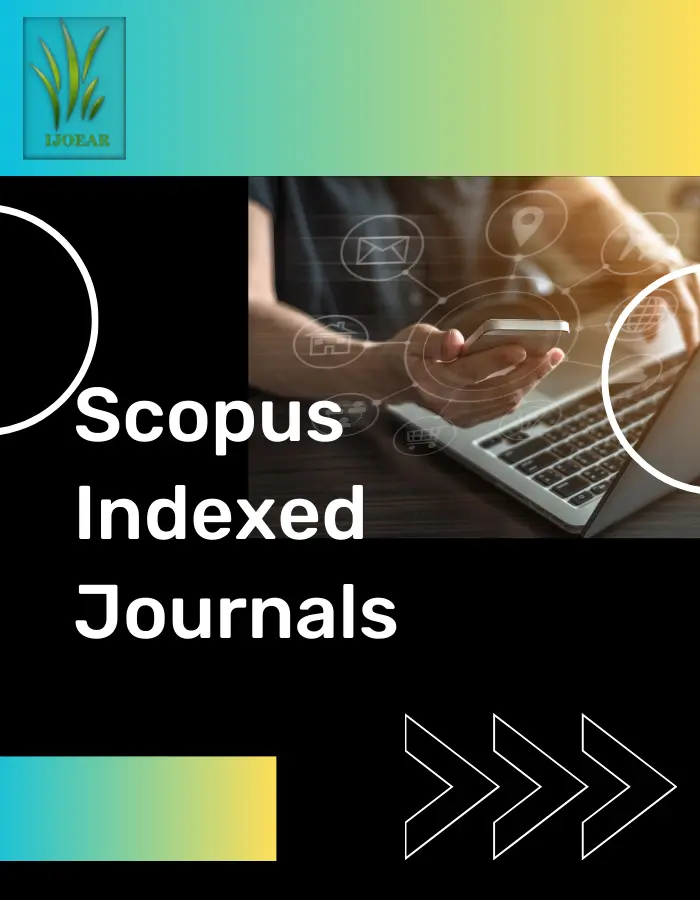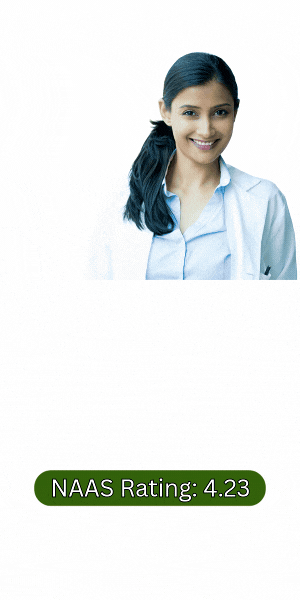
Scopus is a renowned bibliographic database that indexes millions of scientific articles, conference papers, and books. Publishing in a Scopus-indexed journal is often seen as a significant milestone for researchers. These journals are rigorously peer-reviewed and have a strong reputation for quality and impact.
Publishing in Scopus-indexed journals is a benchmark for academic excellence. These journals are globally recognized for their rigorous peer-review processes, high impact, and quality contributions to the research community.
Scopus uses metrics like CiteScore, SNIP, and SJR to measure journal performance:
| S. No. | Journal Name | ISSN | Publisher | Quartile |
| 1 | Natures Sciences Societes | 12401307, 17652979 | EDP Sciences | Q3 |
| 2 | One Ecosystem | 23678194 | Pensoft Publishers | Q1 |
| 3 | Economia Agro-Alimentare | 19724802, 11261668 | FrancoAngeli Edizioni | Q3 |
| 4 | Terra | 403741 | Geographical Society of Finland | Q4 |
| 5 | Revista de la Academia Colombiana de Ciencias Exactas, Fisicas y Naturales | 23824980, 03703908 | Colombian Academy of Exact, Physical and Natural Sciences | Q3 |
| 6 | Polar Geography | 19390513, 1088937X | Taylor and Francis Ltd. | Q1 |
| 7 | Nature Conservation Research | 2500008X | Fund for Support and Development of Protected Areas | Q2 |
| 8 | Iranian Journal of Science and Technology, Transaction A: Science | 10286276 | Springer International Publishing AG | Q2 |
| 9 | South African Journal of Science | 03708462, 00382353 | Academy of Science of South Africa | Q2 |
| 10 | Uniciencia | 22153470 | Universidad Nacional | Q3 |
Note: This is a preview of some prominent journals. Explore more to find the right fit for your research.
While Scopus-indexed journals are highly valued, publishing with IJOEAR (International Journal of Environmental and Agriculture Research) provides additional benefits tailored to researchers’ needs.
 NAAS Rating: 4.23
NAAS Rating: 4.23  October 2025 Issue
October 2025 Issue  Impact Factor: 6.69
Impact Factor: 6.69  Submit Article
Submit Article 
|
Citation Indices
|
All
|
Since 2020
|
|
Citation
|
6164
|
5117
|
|
h-index
|
31
|
29
|
|
i10-index
|
201
|
165
|
|
Acceptance Rate (By Year)
|
|
|
Year
|
Percentage
|
|
2024
|
11.09%
|
|
2023
|
15.23%
|
|
2022
|
12.81%
|
|
2021
|
10.45%
|
|
2020
|
9.6%
|
|
2019
|
14.3%
|
|
2018
|
17.65%
|
|
2017
|
16.9%
|
|
2016
|
22.9%
|
|
2015
|
26.1%
|